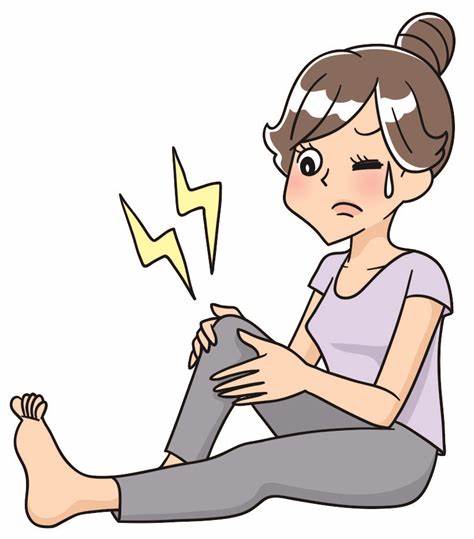Rheumatoid arthritis: Things need to do except pain relief
- Normal Liver Cells Found to Promote Cancer Metastasis to the Liver
- Nearly 80% Complete Remission: Breakthrough in ADC Anti-Tumor Treatment
- Vaccination Against Common Diseases May Prevent Dementia!
- New Alzheimer’s Disease (AD) Diagnosis and Staging Criteria
- Breakthrough in Alzheimer’s Disease: New Nasal Spray Halts Cognitive Decline by Targeting Toxic Protein
- Can the Tap Water at the Paris Olympics be Drunk Directly?
Rheumatoid arthritis: Things need to do except pain relief
Rheumatoid arthritis: Things need to do except pain relief. A new understanding of rheumatoid arthritis is needed, and some misunderstandings about it in the past must be eliminated.

Many people think that rheumatoid arthritis is not a particularly serious disease. It is nothing more than joint pain. Therefore, many people only take pain-relieving treatment in the early stage of rheumatoid arthritis, such as taking some painkillers by themselves. Some people even apply plasters to the affected area to relieve pain.
However, if things go on like this, rheumatoid will only continue to develop. When the joints have further disease, the patient will think that rheumatoid is an incurable disease and passively treat it. Eventually, joint deformation, destruction, disability and even loss of joint function will occur. .
In fact, joints are an important part of the body. We can imagine how inconvenient it is to our lives if a person has several joints damaged. Therefore, for patients, a new understanding of rheumatoid arthritis is needed, and some misunderstandings about it in the past must be eliminated.
Why does rheumatoid arthralgia occur?
The real cause of joint pain in rheumatoid arthritis is the disorder of the normal immune system of the body under the stimulation of some genetic susceptibility genes and trigger factors such as moisture, fatigue, trauma. A large number of inflammatory factors are produced, destroy joint tissues, and reach the joints with blood flow. The normal tissues in the joints are considered to be “heterogeneous”, leading to the onset of rheumatoid, and then causing pain through nerve conduction.
Rheumatoid pathology
Rheumatoid symptoms usually start in the small joints of the wrists, hands, ankles, and feet. Over time, the shoulders, knees, hips, and neck may all be affected. The typical “gooseneck”, “button flower” and ruler-like deformities often appear in the middle and late stages of rheumatoid disease. Nearly half of patients with rheumatoid disease for ten years are incapacitated.
How to detect rheumatoid early?
This is the most common symptom in the early stages of rheumatoid arthritis. After the patient gets up in the morning, the joints feel stiff, and after a period of joint movement, the symptoms decrease.
Joint swelling and pain:
Because rheumatoid factors affect the joints, causing joint swelling and pain, patients will always feel joint swelling and pain during the active period. The swelling and pain of such joints often appear symmetrically. For example, during the onset of rheumatoid disease, the wrist, shoulder, knuckle, and knee joints on both sides of the patient will experience swelling and pain.
Tenderness in the joints:
Rheumatoid joint pain is the most common symptom, especially when the joint is pressed, the pain symptoms will become more serious, and the patient will feel unbearable pain at this time.
If the patient has these symptoms, he should go to the hospital for professional examination in time. Only early diagnosis can be treated as early as possible to alleviate the development of rheumatoid disease. The patient cannot hold the idea that pain can be relieved.
Even if the pain disappears temporarily after taking the drug, the rheumatoid attacks will continue, and the damage to the joints has not been improved. And if there is no effective treatment in the early stage, rheumatoid damage to the human body will only become more serious over time, and the difficulty of control will increase day by day.
(source:internet, reference only)
Disclaimer of medicaltrend.org



